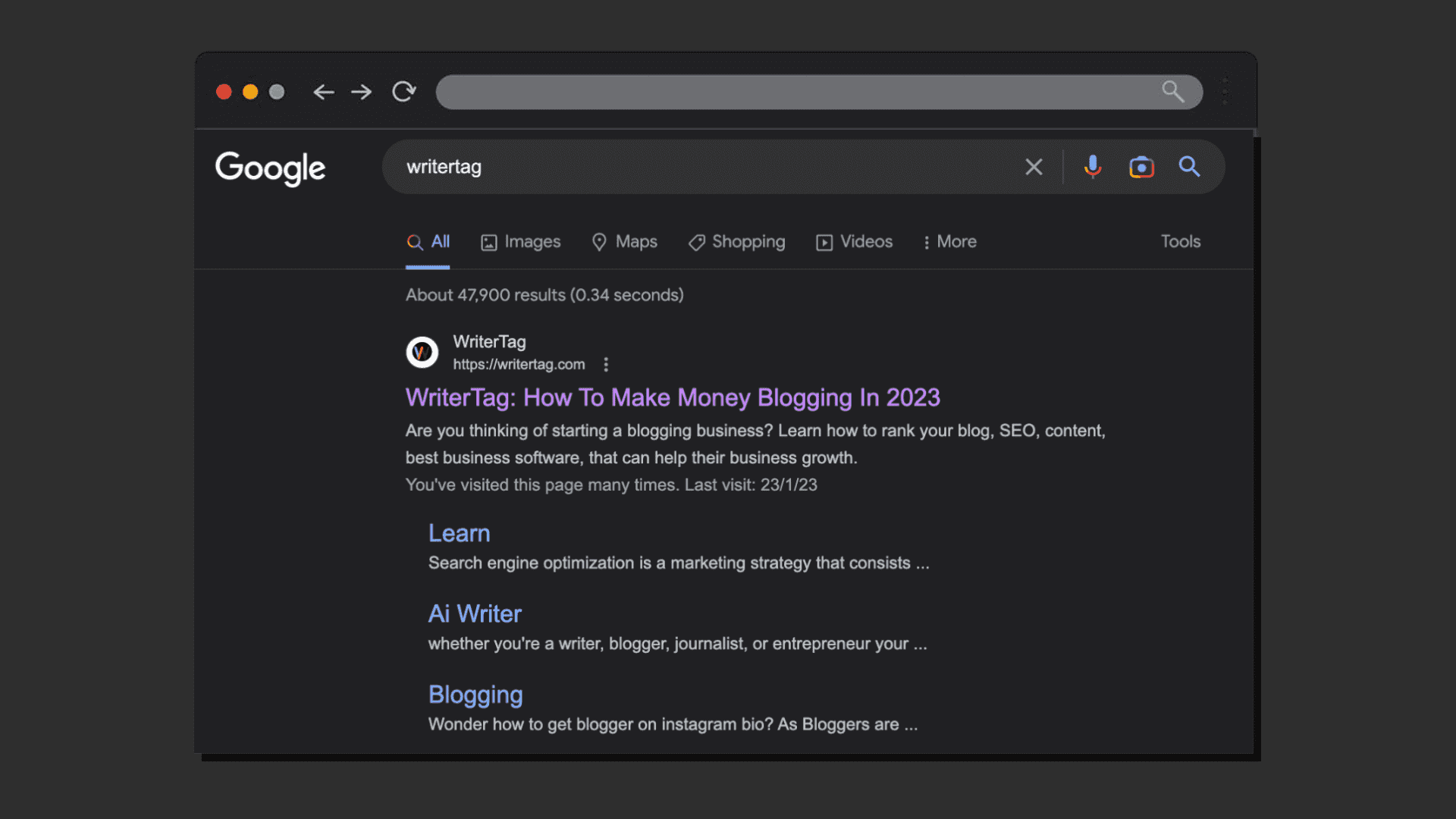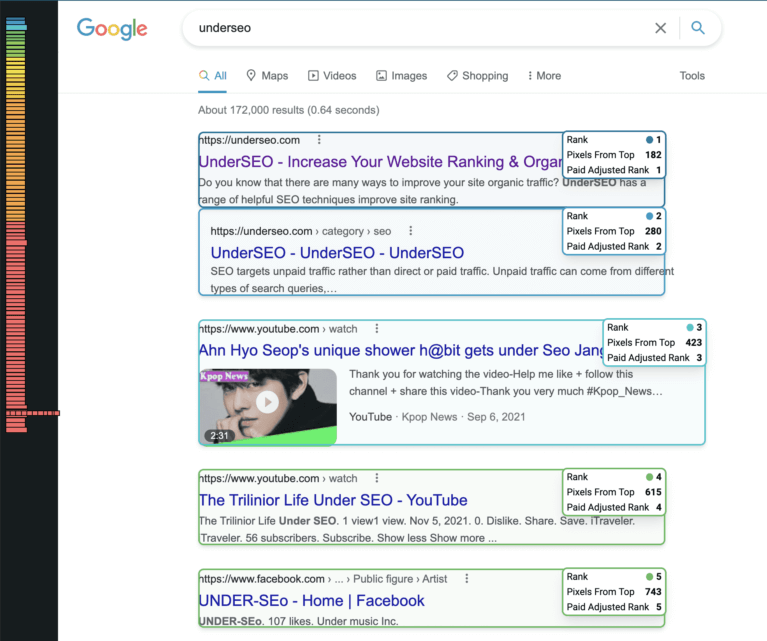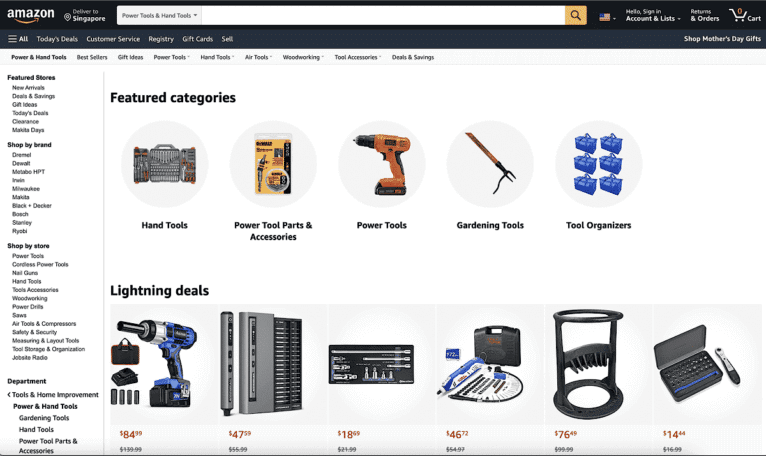As the digital landscape evolves, link building remains a cornerstone of search engine optimization (SEO) strategies. However, simply accumulating backlinks is no longer sufficient to improve your website’s ranking.
To maximize the impact of your link-building efforts, you need to have a deep understanding of how these links are performing and their impact on your SEO strategy. That is where the power of SEO analytics comes in.
In this article, we will explore how incorporating advanced analytics into your link-building strategy can enhance its effectiveness and drive better results for your business.
Understanding the Importance of Link Quality
Link building has long been an important aspect of any successful SEO strategy. However, with changes in search engine algorithms and the increasing importance placed on high-quality content, it is no longer enough to simply accumulate as many backlinks as possible.
Instead, link quality has become a critical factor in improving website ranking. Understanding the importance of link quality is essential to maximizing the impact of your link-building efforts.
By ensuring that you are generating links from reputable sources with relevant content, you can improve your website’s authority and boost its page rank. Additionally, focusing on high-quality links helps to drive targeted traffic to your site and improves your overall user experience.
The power of SEO analytics allows businesses to take their link-building strategy to the next level by providing real-time data on how their backlinks are performing.
This data includes metrics such as clickthrough rates, conversion rates, and bounce rates which highlight areas for improvement in a business’s SEO strategy. By using this information effectively businesses can optimize their campaigns leading ultimately to better results for their web presence.
Measuring the Impact of Backlinks
In today’s highly competitive digital space, measuring the impact of backlinks has become essential for every business that wants to improve its search engine ranking. While accumulating a large number of backlinks is still important, it is equally crucial to ensure that these links are delivering value and positively impacting your SEO strategy.
To achieve this, leading businesses use advanced analytics tools to track the performance of their link-building campaigns.SEO analytics provide in-depth insights into which types of backlinks are driving traffic and generating leads for your website.
By analyzing metrics such as click-through rates (CTRs), bounce rates, conversion rates, and session time, businesses can identify where improvements can be made in their link-building strategy. Furthermore, by breaking down these metrics by source domains or pages linking to your site you can see where specific high-quality links came from.
In conclusion: In today’s era not only creating quality content with an informative piece will help us rank higher on Google SERPs but also obtaining quality links pointing toward our website is considered important too.
Link-building remains an integral part of any successful SEO marketing plan despite Google changing its algorithm at regular intervals so one must adapt accordingly researching all aspects before proceeding with planning would be suggested for making informed decisions about improving online visibility efforts through powerful analytics tools available nowadays like SEMRush, Ahrefs, etc.
Ultimately accurate data analysis is key when measuring the effectiveness of different strategies applied within any business realm because numbers don’t lie!
Utilizing Anchor Text to Boost Rankings
Utilizing anchor text is one of the many ways to boost your website’s rankings in search engine results. Anchor text refers to the clickable words or phrases that are used as hyperlinks to link one page to another. When used strategically, anchor text can help improve the relevance and authority of your website in search engines’ eyes.
To effectively use anchor text for SEO purposes, you need to ensure that it matches the content on both pages and targets relevant keywords that match what users are searching for. Using generic or irrelevant anchor texts is often seen as spammy behavior by search engines and can even result in penalties.
By incorporating advanced analytics into your link-building strategy, such as tracking how often certain keywords appear as anchor texts, you can gain insights into what areas need improvement and adjust accordingly.
Additionally, monitoring how many backlinks a particular page receives with specific anchoring tactics can provide valuable information on which strategies work best for your website’s unique goals.
Analyzing Competitor Backlinks
Analyzing competitor backlinks is an effective way to gain insights into their SEO strategy and improve your own. By analyzing the type, quality, and quantity of backlinks that your competitors are earning, you can identify new link-building opportunities for your website. This information can help inform your content strategy and outreach efforts by highlighting areas where you may need to focus more attention to keep up with the competition.
One approach to analyzing competitor backlinks involves conducting a link gap analysis. This involves comparing the links that exist between your website and those of your competitors. By identifying gaps where they have links but you do not, or vice versa, you can determine which areas offer the greatest potential for improvement in terms of link-building opportunities.
This analysis should then be used as a starting point for developing a targeted outreach plan aimed at acquiring high-quality backlinks from relevant websites in these key areas.
Identifying and Fixing Broken Links
Identifying broken links on your website is essential for maintaining a healthy and effective link-building strategy. A broken link occurs when the URL that it points to no longer exists or has been moved, resulting in a non-functioning hyperlink. Broken links negatively impact the user experience, as well as harm your SEO efforts by reducing overall page ranking and discouraging search engines from indexing your content.
You can use Google Search Console or other online tools to scan your site for broken links regularly. Once you have identified any broken links, either update them with new URLs or remove them altogether. Fixing broken links may seem like an insignificant task, but it plays a significant role in improving the effectiveness of your website’s link-building strategy.
By prioritizing this endeavor, you ensure that all hyperlinks lead to functional pages and maximize their potential impact on SEO performance metrics such as traffic flow and domain authority.
When there are fewer errors within the internal linking structure of a webpage, search engine spiders crawl more effectively through its content and consider it more reliable and trustworthy than those riddled with numerous 404 errors instead of actual webpages where these URLs used to point.
Overall, identifying and fixing broken links should be part of every comprehensive SEO analytics approach since they drive outcomes related to higher-quality user experience while boosting credibility among prominent search platforms such as Google Search Engine Ranking Pages (SERP).
Invest time in finding methods enabling efficient analysis so you can locate which components work best; after locating inefficiencies likely responsible for inaccuracies have improved over direct testing where necessary before scaling campaigns based upon initial results captured during early analysis stages geared towards optimization better aligned towards specific goals tweaked only if providing value-additive changes rather than simply going through motions without understanding complex inner functions at play here fully being leveraged into even greater eminence seeing sustainable growth rates brought numbers improving beyond expectations when properly managed down its finer details worth paying attention too closely!
Leveraging Social Media for Link Building
One of the best ways to leverage social media for link building is by participating in relevant online communities, such as forums or groups on platforms like Facebook and LinkedIn. By contributing valuable insights and taking part in discussions, you can establish yourself as an authority figure in your niche and create opportunities to share links back to your website.
Additionally, creating shareable content that resonates with your audience on social media can help attract more inbound links. This could be anything from blog posts and infographics to videos or interactive quizzes. Encouraging social shares through calls-to-action can help increase visibility and make it easier for people to link back to your content.
Overall, a successful link-building strategy requires a multifaceted approach that incorporates both traditional tactics like guest posting and PR outreach as well as newer strategies like leveraging social media channels.
By using SEO analytics tools, you can measure the impact of these efforts over time and continuously refine your approach for maximum effectiveness.
Incorporating Analytics into Your Link-Building Strategy
In today’s competitive digital marketplace, incorporating analytics into your link-building strategy is no longer a luxury; it has become a necessity.
By leveraging SEO analytics tools and techniques, you can gain valuable insights into the effectiveness of your backlinks, identify high-value opportunities for new link acquisition, and optimize your overall approach to achieve better results.
One key benefit of integrating analytics into your link-building efforts is the ability to measure performance more accurately. By tracking key metrics such as page authority, domain authority, and referral traffic sources over time, you can determine which backlinks are delivering the most impact for your website and prioritize those opportunities moving forward.
Another advantage of using advanced analytics in link building is that it enables you to stay ahead of emerging trends and changes in search engine algorithms. As search engines become increasingly sophisticated in their ranking criteria, understanding how they analyze links will allow you to tailor your tactics accordingly and remain competitive in organic search rankings.
Overall, optimizing your link-building strategy with SEO analytics should be a top priority for any business looking to drive sustainable growth through online channels. With access to robust data on site performance and user behavior patterns via web analytics platforms like Google Analytics or SEMrush Suite, it becomes easier than ever before to make informed decisions about how best to allocate resources toward campaign optimization strategies aimed at achieving higher rankings visibility convert site visitors into loyal customers.





